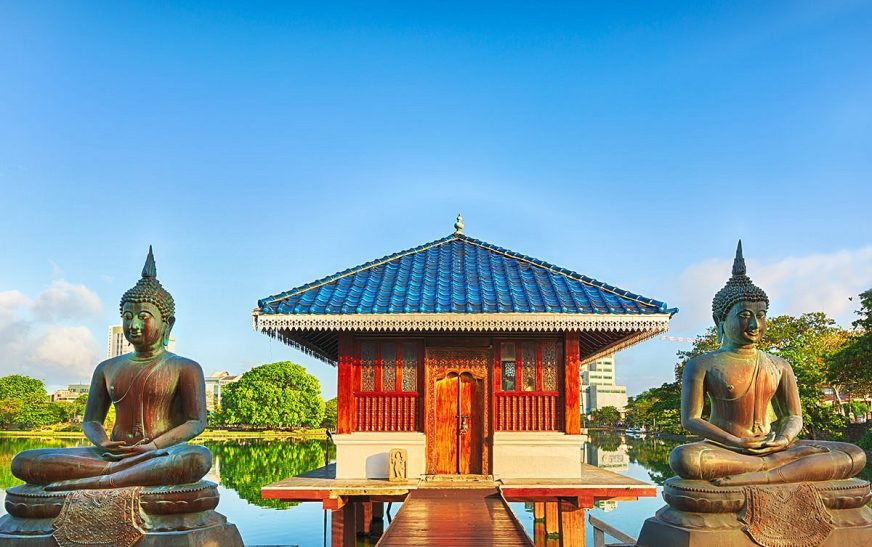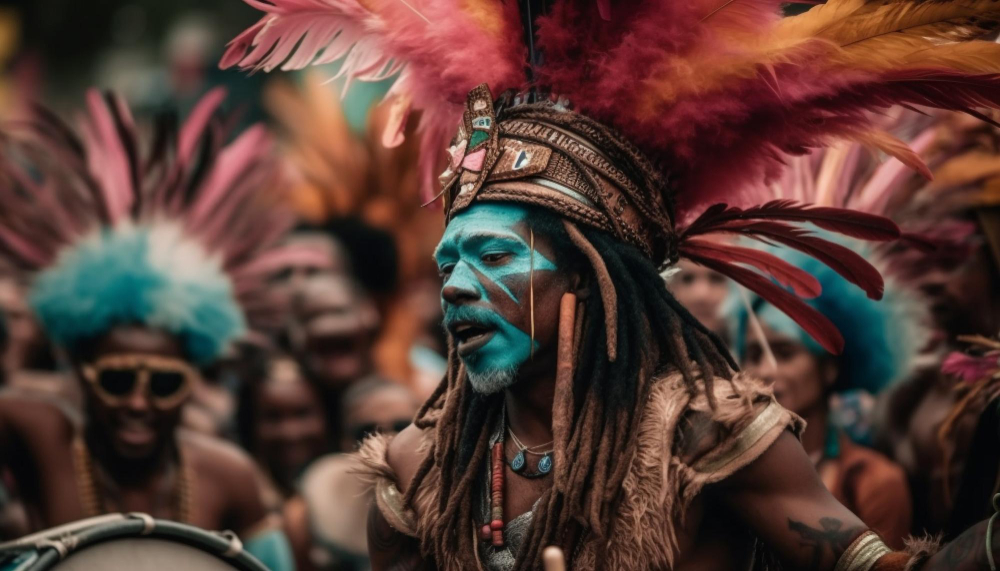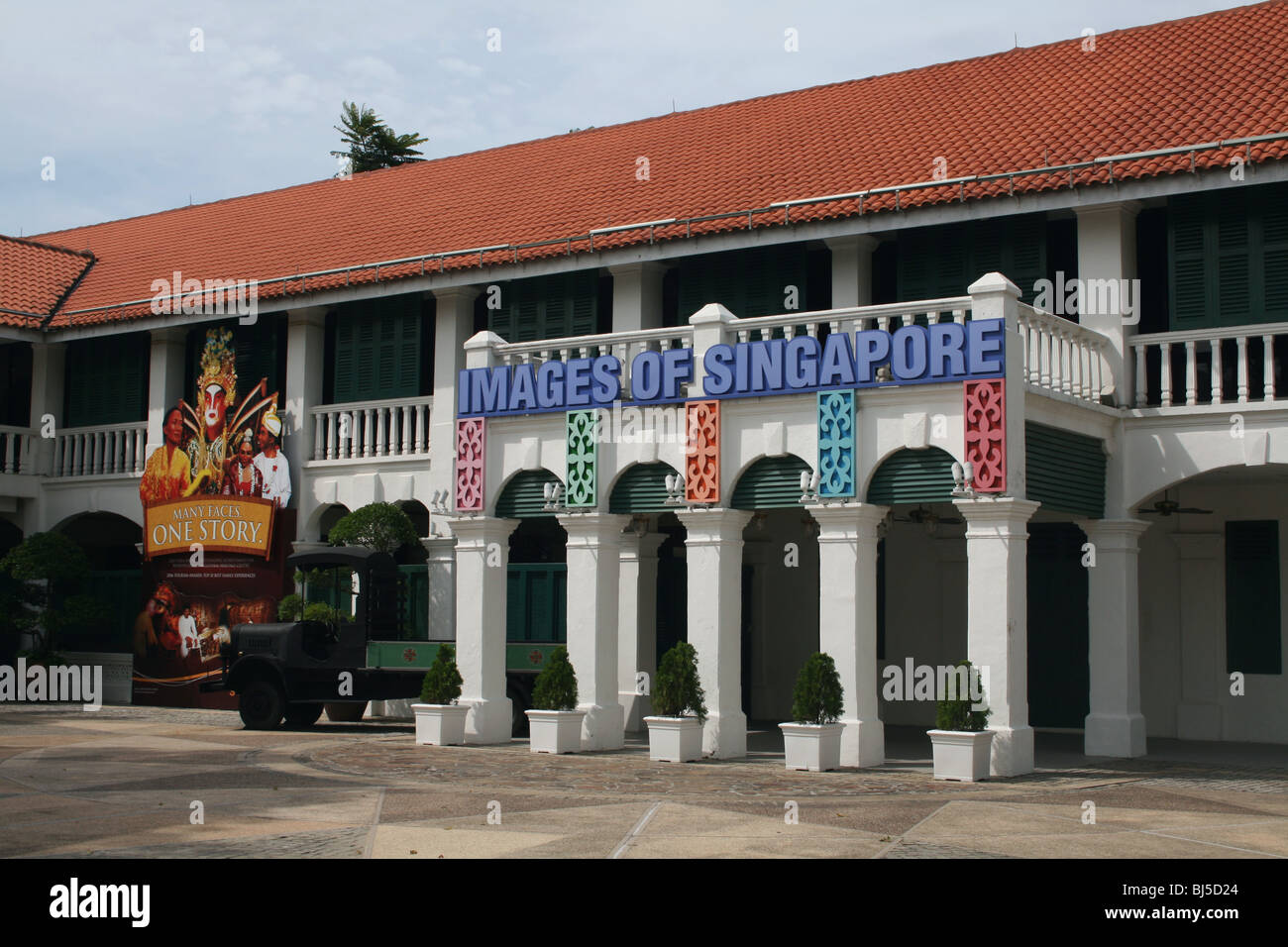Nestled in the heart of Colombo, Sri Lanka, Gangaramaya Temple stands as a beacon of spiritual tranquillity and cultural richness. Established in the 19th century, this historic temple is not only a place of worship but also a vibrant centre of cultural and religious activities. With its blend of traditional and contemporary elements, Gangaramaya Temple offers a unique experience for both devotees and visitors. This article explores 10 compelling reasons why Gangaramaya Temple is celebrated as the most spiritual destination in the city.
Gangaramaya Temple’s Historical Significance
Gangaramaya Temple is renowned for its historical significance, dating back to the late 19th century. Founded by the Venerable Hikkaduwe Sri Sumangala Thera, the temple has played a crucial role in the revival of Buddhism in Sri Lanka. Its rich history is reflected in its architecture, artefacts, and the numerous cultural events it hosts. This historical depth adds a layer of spiritual importance, making it a must-visit destination for those interested in the roots of Sri Lankan Buddhism.
Gangaramaya Temple’s Architectural Marvel
The temple’s architecture is a stunning fusion of traditional Sri Lankan, Thai, and Indian styles. The main building features intricate wood carvings, ornate decorations, and a large Buddha statue that dominates the central hall. Gangaramaya Temple’s design incorporates elements from various Buddhist traditions, symbolising the unity of different cultures within the Buddhist faith. The architectural marvel of Gangaramaya Temple makes it a visually captivating site and a spiritual haven.
Gangaramaya Temple as a Cultural Hub
Gangaramaya Temple is more than just a religious site; it is a vibrant cultural hub. The temple organises various cultural events, including traditional dance performances, music recitals, and art exhibitions. These events offer visitors a glimpse into Sri Lankan culture and Buddhist traditions. The temple’s commitment to preserving and promoting cultural heritage enhances its spiritual appeal, making it a focal point for cultural exchange and learning.
Unique Relics and Artefacts at Gangaramaya Temple
One of the most compelling aspects of Gangaramaya Temple is its collection of unique relics and artefacts. The temple houses a museum that showcases a diverse range of Buddhist relics, ancient manuscripts, and historical artefacts. These treasures provide valuable insights into the history of Buddhism and the cultural heritage of Sri Lanka. The presence of these relics adds a profound spiritual dimension to Gangaramaya Temple, attracting scholars and spiritual seekers alike.
A Peaceful Sanctuary in the City
Despite being located in the bustling city of Colombo, this temple offers a serene escape from the urban frenzy. Visitors can experience tranquillity amidst lush gardens, serene ponds, and quiet meditation areas. The peaceful environment fosters a sense of inner calm and reflection, making it an ideal retreat for those seeking solace and spiritual rejuvenation away from the city’s noise and chaos.
Active Community Engagement and Charitable Work
The temple is deeply involved in various charitable initiatives, reflecting its commitment to social welfare and community service. It operates orphanages, schools, and healthcare programs that provide vital support to those in need. By addressing social issues and promoting welfare, the temple embodies the Buddhist principles of compassion and selflessness, enhancing its spiritual significance through active community involvement.
A Center for Buddhist Learning and Meditation
Beyond its role as a place of worship, the temple serves as a centre for Buddhist education and meditation. The Buddhist Learning Center offers educational programs, meditation retreats, and resources for those interested in deepening their understanding of Buddhism. This focus on education and personal growth makes the temple a hub for spiritual learning and practice, attracting individuals eager to explore and develop their Buddhist beliefs.
Celebrating Vibrant Festivals and Traditions
The temple is renowned for its vibrant celebration of Buddhist festivals and traditions. Major events such as Vesak and Poson are marked by elaborate decorations, religious ceremonies, and communal festivities. These celebrations provide visitors with an immersive experience of Buddhist culture and traditions, fostering a sense of spiritual community and connection through joyful and meaningful rituals.
Iconic Buddha Statues and Their Significance
The temple is home to several iconic Buddha statues, each carrying significant symbolism and meaning. The central Buddha statue in the main hall is a focal point for worship and meditation, while other statues represent various Buddhist deities and historical figures. These statues contribute to the spiritual ambiance of the temple, offering visitors a profound connection to Buddhist teachings and practices.
Inspiring Architecture and Beautiful Gardens
The temple’s architecture is complemented by its beautifully landscaped gardens, creating a harmonious and inspiring environment. The grounds feature meticulously maintained greenery, tranquil water features, and peaceful walkways. These outdoor spaces enhance the temple’s overall spiritual atmosphere, providing a serene setting for contemplation and a connection with nature, balancing the temple’s architectural grandeur with natural beauty.
Conclusion
Gangaramaya Temple stands out as a spiritual gem in the city of Colombo, offering a rich tapestry of history, culture, and spirituality. From its architectural marvels and unique relics to its peaceful environment and community engagement, the temple embodies the essence of Buddhist spirituality and cultural heritage. Whether you are a devout practitioner or a curious traveller, Gangaramaya Temple promises a profound and enriching experience. Its blend of tradition and modernity makes it not only a sacred space but also a beacon of inspiration and tranquillity.
FAQs
1. What is the best time to visit Gangaramaya Temple?
The best time to visit Gangaramaya Temple is during the early morning or late afternoon. This is when the temple is less crowded, allowing for a more serene experience. Major Buddhist festivals and celebrations are also a great time to visit, as they offer unique cultural insights.
2. Is there an entrance fee to enter the temple?
There is no entrance fee required to visit the temple. However, visitors are encouraged to make a donation to support the temple’s charitable activities and community initiatives.
3. Are there any dress codes for visitors?
Yes, visitors should dress modestly when visiting the temple. Both men and women are expected to wear clothing that covers their shoulders and knees. It is also customary to remove shoes before entering the temple’s main buildings.
4. Can I join meditation sessions at the temple?
Yes, the temple offers meditation sessions and retreats through its Buddhist Learning Center. Interested visitors should check the temple’s schedule and make arrangements in advance. The centre provides guidance for both beginners and experienced practitioners.
5. Are guided tours available?
Yes, guided tours are available at the temple. These tours offer detailed information about the site’s history, architecture, and spiritual significance. Booking a tour in advance is advisable to ensure availability and enhance your visit experience.
Also read: Lovina Beach Bali Indonesia: 10 Breathtaking Spots for Perfect Sunsets










